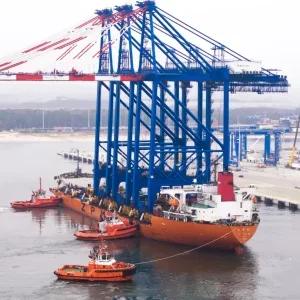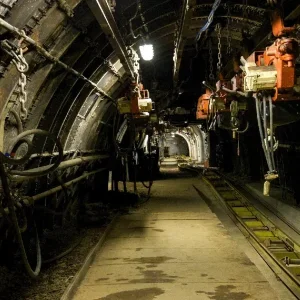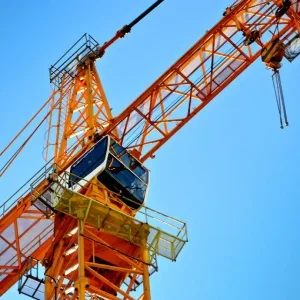Eight out of ten lost time crane accidents occur when an operator or rigger approaches the load to unlatch the hook, according to statistics from the Offshore Crane Forum. Usually it is the operator or rigger that gets hurt.
It was a desire to cut down the dangers at this point that drove Stewart Hamilton to the development of a new remote release hook system. The product has already attracted significant interest, and is now just beginning to be used where it matters – in the field.
Hamilton, and his company Hamilton Safety Enhanced Tools Ltd (HSE Tools), have received awards for innovation and grants to start up the business over the past 12 months.
The patented Remote Release System (RRS) operates by radio signals which control a hydraulic system. When activated, the latch is released and a metal bar ejects the rope or sling from the hook. The principal design feature of the hook is fail-proof safety, Hamilton asserts. It cannot discharge a master link while under load.
The hydraulic power pack is contained in a sealed housing which is suspended from the crane above the hook. It is connected to the hook via a length of hydraulic hose. The housing itself is not load carrying; the load is carried through a load bar that runs through the centre of the housing and is connected to the hook and crane by chain or wire rope.
The battery operated power pack is designed to give more than 1,000 cycles before recharging is necessary. Recharging is achieved by attaching a battery charger and normal supply or by replacing the batteries. The power pack housing cover is made from PVC to minimise weight and provide impact resistance. A rubber bumper is fitted at the top to help prevent snagging and to offer added protection to the power pack.
While larger than a standard grab hook, the RRS hook has been designed with the operators in mind, says Hamilton. The profile has been minimised to reduce the weight. A handle enables easy grabbing and as well as the automated safety latch system, an external ‘anti-snagging’ latch can be fitted if required. The profile has also been designed to remove any hard edges that might cause injury or snagging. Should the hydraulic system fail for any reason, the hook can continue to operate as a standard rigging hook.
Based in Aberdeen, Scotland, Hamilton’s roots are in the offshore industry and this is the sector that he is initially targeting with his invention. In March he demonstrated the product to representatives of Halliburton, BP and Asco. BP took three RRS units on hire for an initial three month trial. These units are now being used at BP onshore sites in Aberdeen, Peterhead and Yarmouth, fitted to mobile cranes.
Hamilton has produced seven systems to date, with 7t and 12t SWL hooks, with a 5:1 safety factor built in. But he can produce whatever capacity is required, he says.
That it is the oil industry that has been the first to bite is not surprising, given the extraordinary premium placed on safety in that industry. But it may not be long before the rest of the lifting industry is drawn to Hamilton’s device.
“It can be used on all types of cranes,” he says. “The market place is enormous. The concept is really 100%. Everybody has to stretch up to the ring. This system reduces workload and takes the man out of the danger area.” Think of all those truck loader cranes, he says. It is all very well moving over to remote controls for the cranes, as so many are, but the operator may still have to climb onto the truck to unlatch the load.
Ah, but what about the price? “It has got to be cost effective, because one prevented injury pays for the tool,” he responds.
Hamilton says that he is looking to rent RRS units at this stage, rather than sell them. He quotes a figure of £40 ($60) a day for long term hire, £65 ($100) a day for short term hire. These numbers may represent good value in the oil and offshore industries, but might not in general construction. But as the market develops and demand grows, one can assume that unit costs might drop.
And for truck loader cranes, he says, the operator does not need the whole RRS system – just the hook. “You can plug it into the existing hydraulics and have a lever on the side of the truck to operate it,” Hamilton says. For that sort of operation, he says, he will sell the hooks, rather than stick to a rigid rental policy. Price here would be in the region of £2,000 to £3,000 ($3,500 to $4,500), depending on size and quantity, he says.






